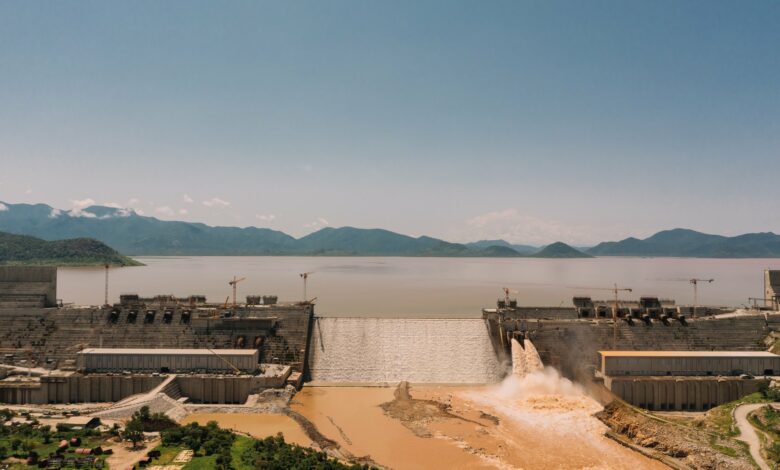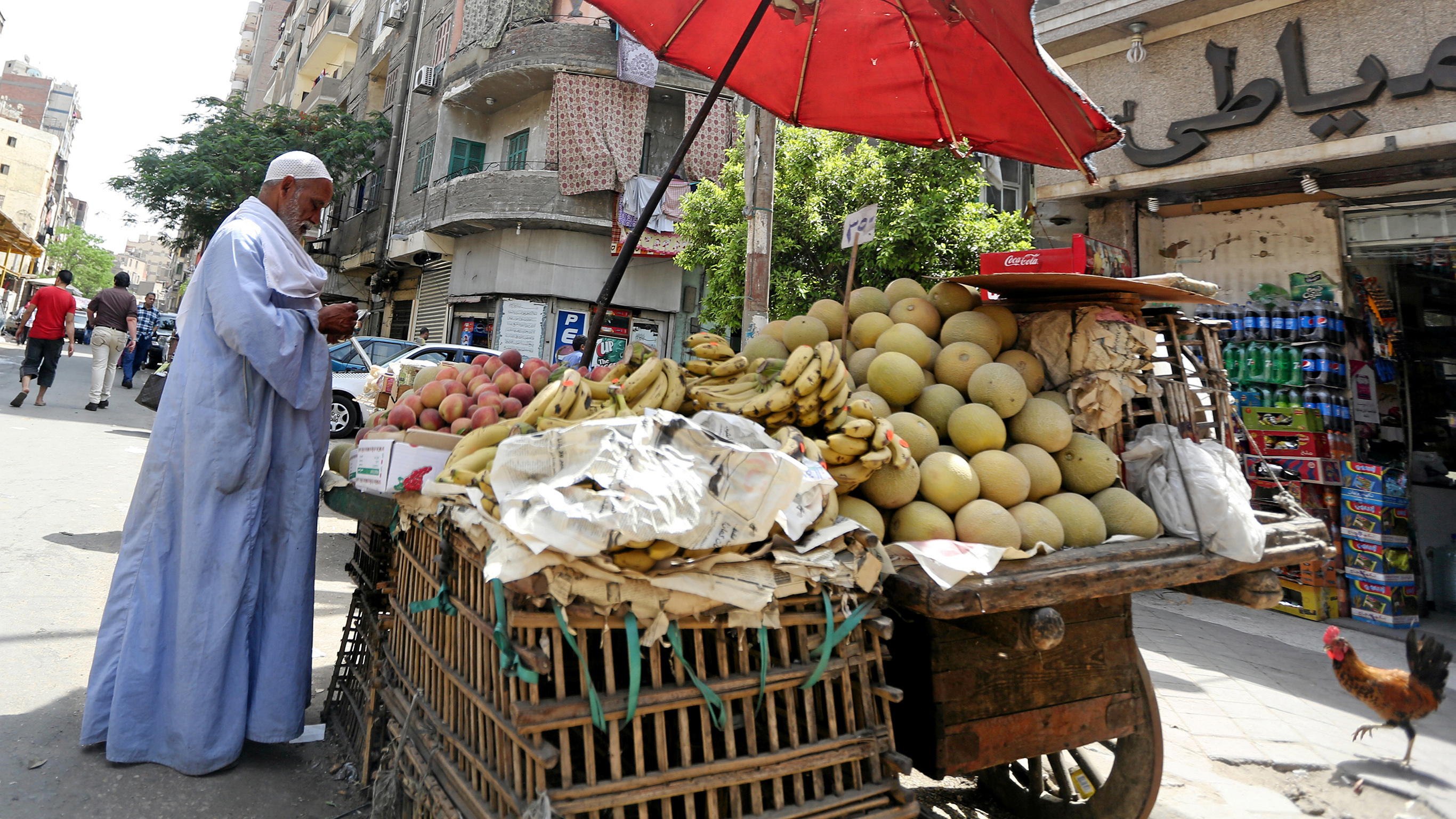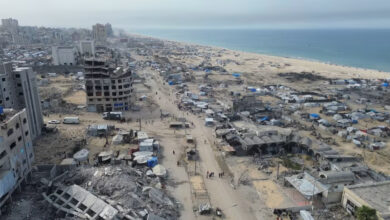
Abbas Sharaqi, a professor of geology and water resources, confirmed that an earthquake occurred on Thursday, at 6:28 PM Cairo time, with a magnitude of 4.5 and a depth of 10 km in the Ethiopian Rift Valley, 150 km east of Addis Ababa and 600 km from the Grand Ethiopian Renaissance Dam (GERD).
Sharaqi stated on his Facebook page that this was the third earthquake in the current week, following earthquakes on December 21 and 23, 2024, in the same location with magnitudes of 4.4 and 4.6 respectively.
This brings the total number of earthquakes in Ethiopia and its surrounding areas this year to 41 with a magnitude of 4 or more, the strongest being a 5.2 magnitude earthquake on October 6, marking the highest number in the last ten years. Before the start of filling the GERD in 2020, the average was around 5 earthquakes per year, and in 2023, it reached 38 earthquakes.
Sharaqi added that the GERD currently holds 60 billion cubic meters, equivalent to 60 billion tons, which exerts significant weight on the geologically fragile Earth’s crust in Ethiopia due to the presence of the African Rift Valley that divides the country in half. This makes the region one of the most earthquake and volcanic-prone areas in Africa.
The geology professor explained that the current earthquakes have a weak to moderate impact on the GERD due to the distance of 600 km or their weak magnitude. However, a stronger and closer earthquake could occur. In May 2023, an earthquake occurred only 100 km from the GERD, but it was weak with a magnitude of 4.4.
The recurrence of stronger earthquakes closer to the GERD could affect it, especially after its full filling, turning it into a potential “explosive water bomb”. This doesn’t necessarily mean it will explode immediately, but the risk will always increase during the flood season (July-September).




